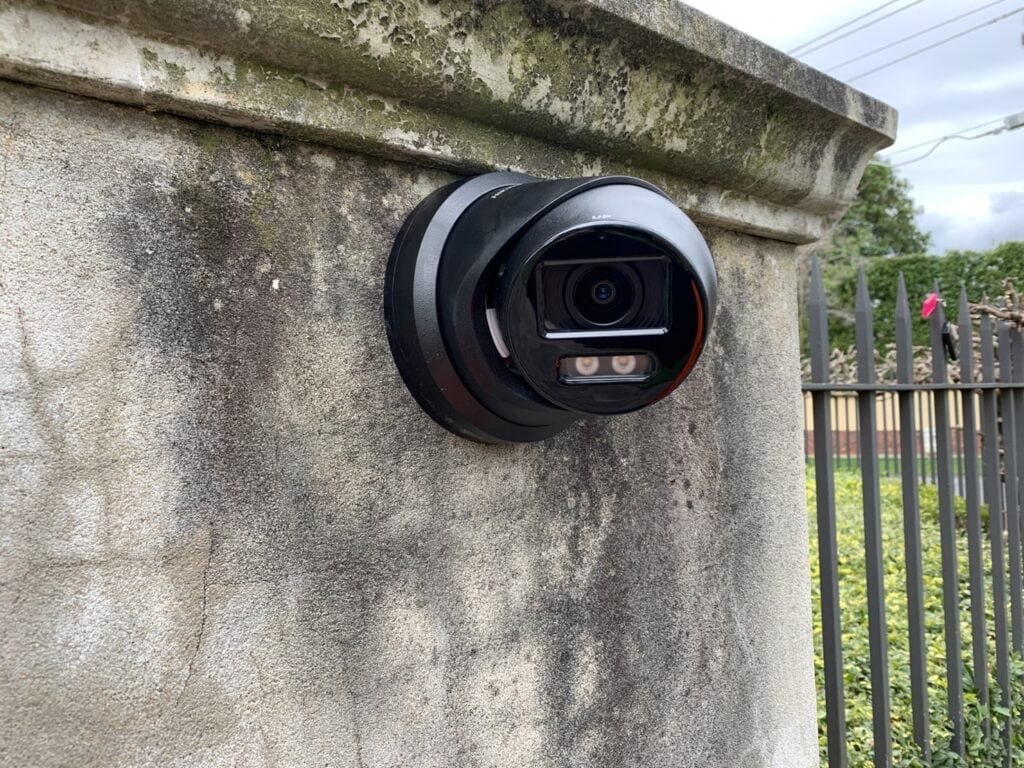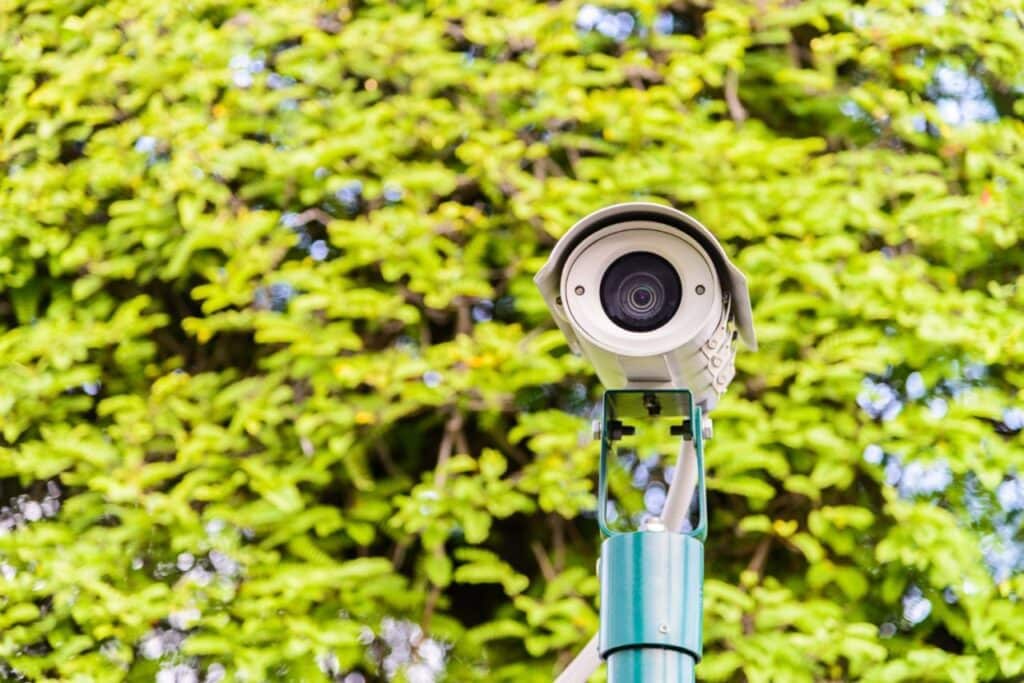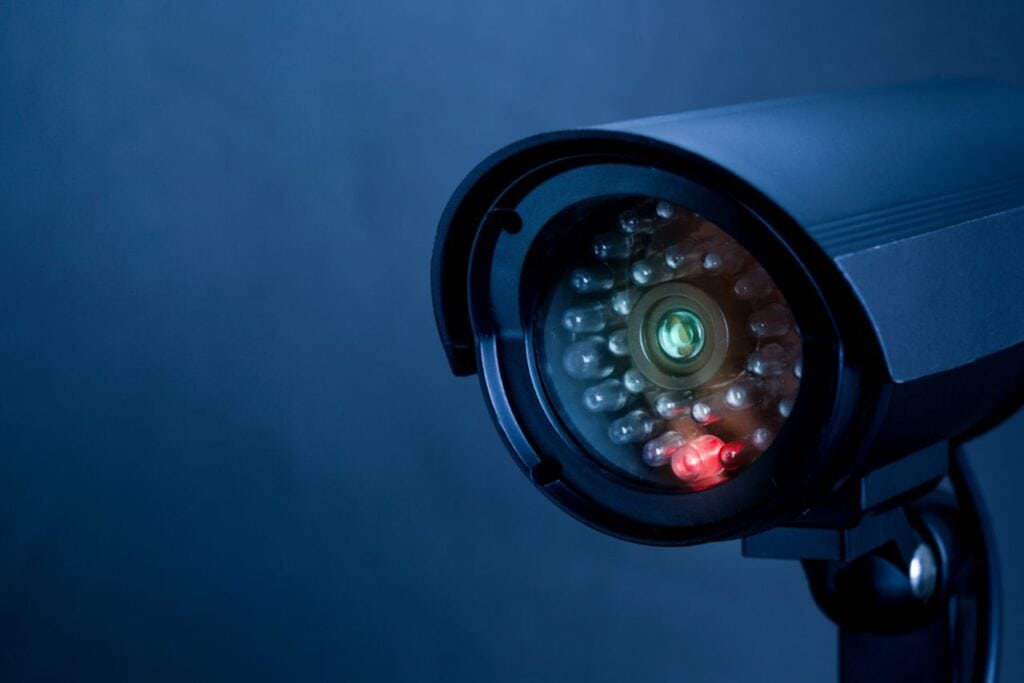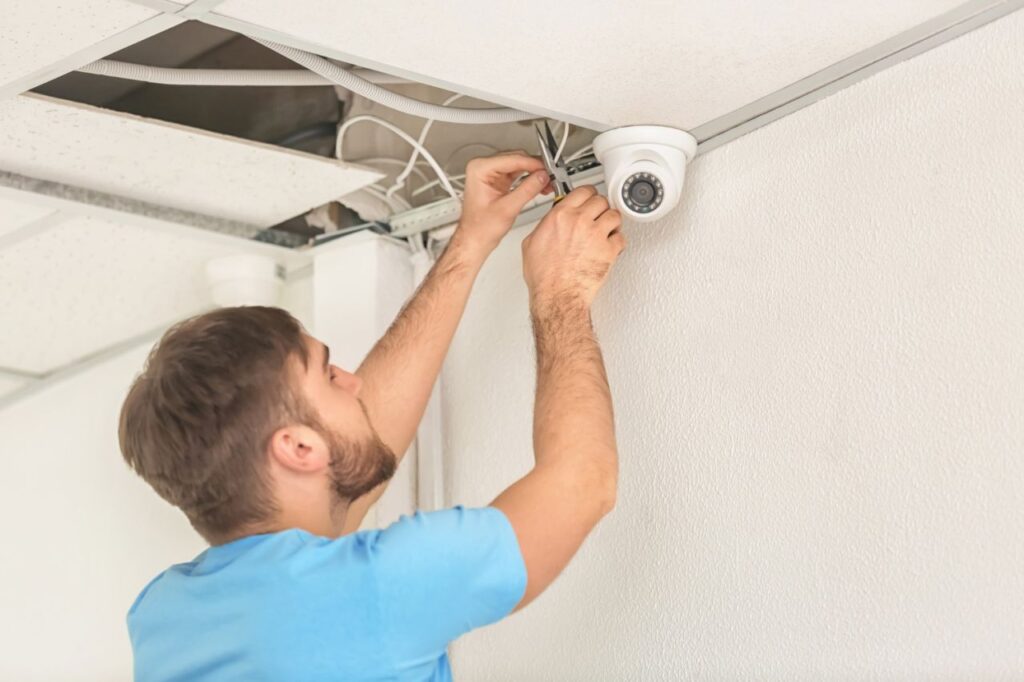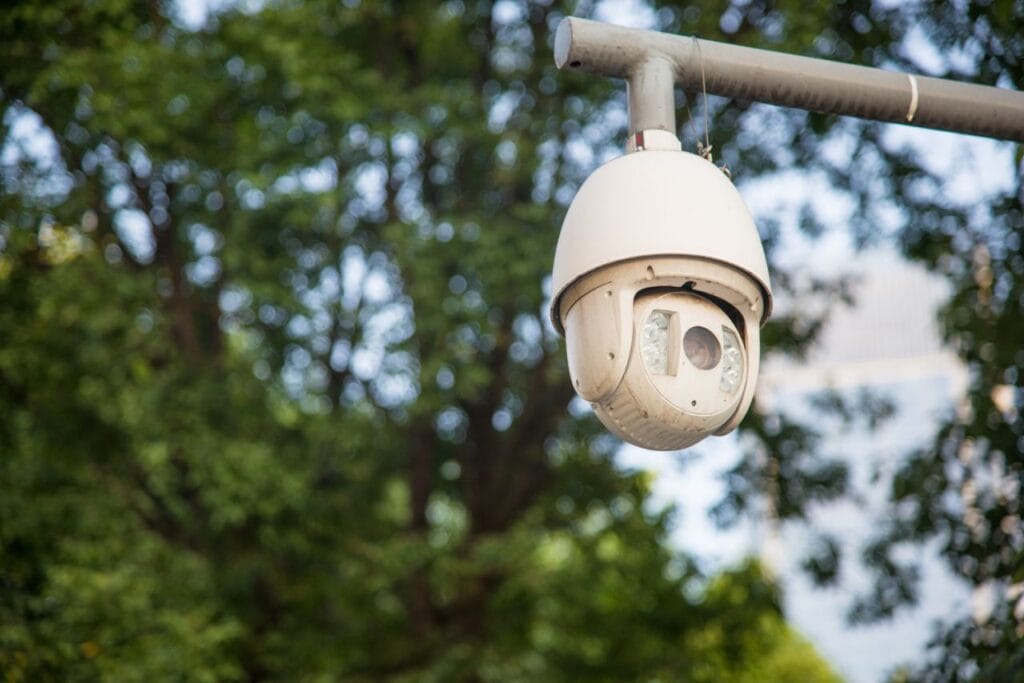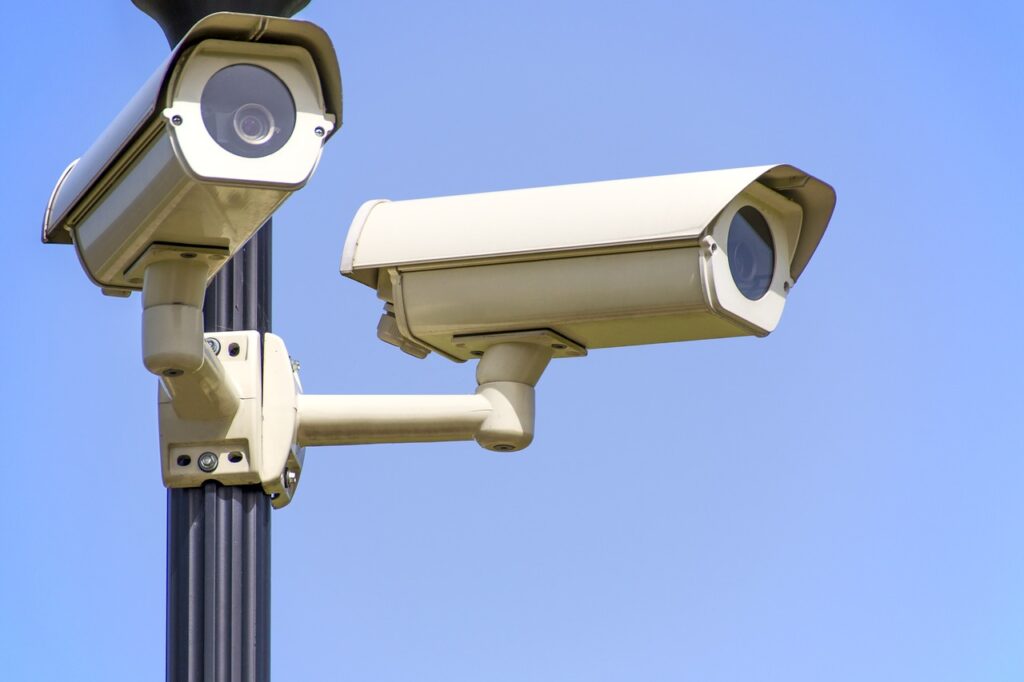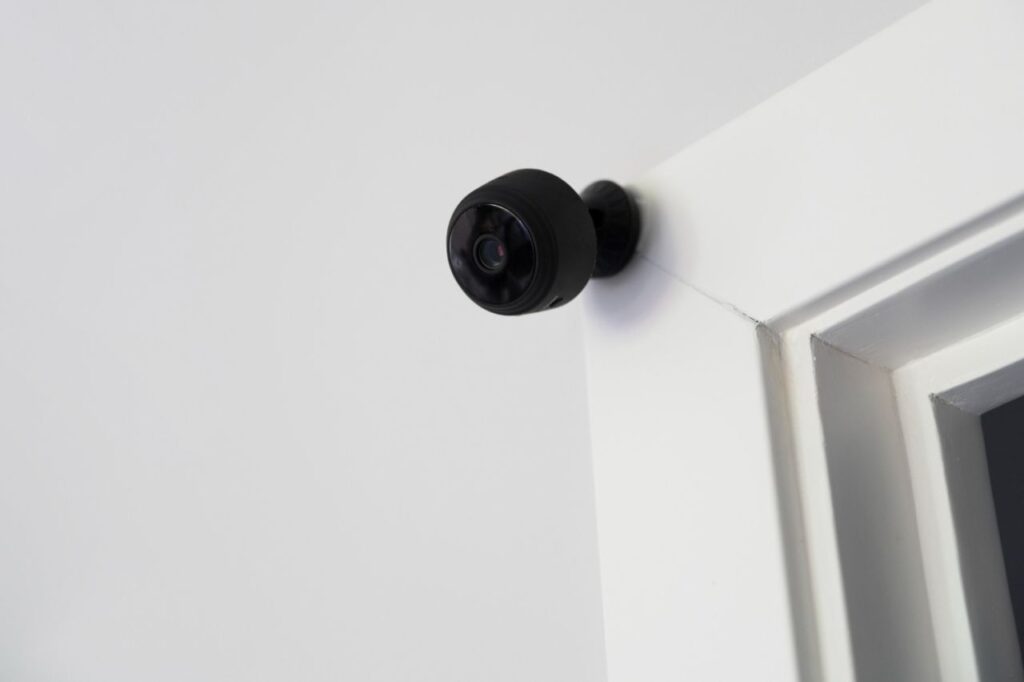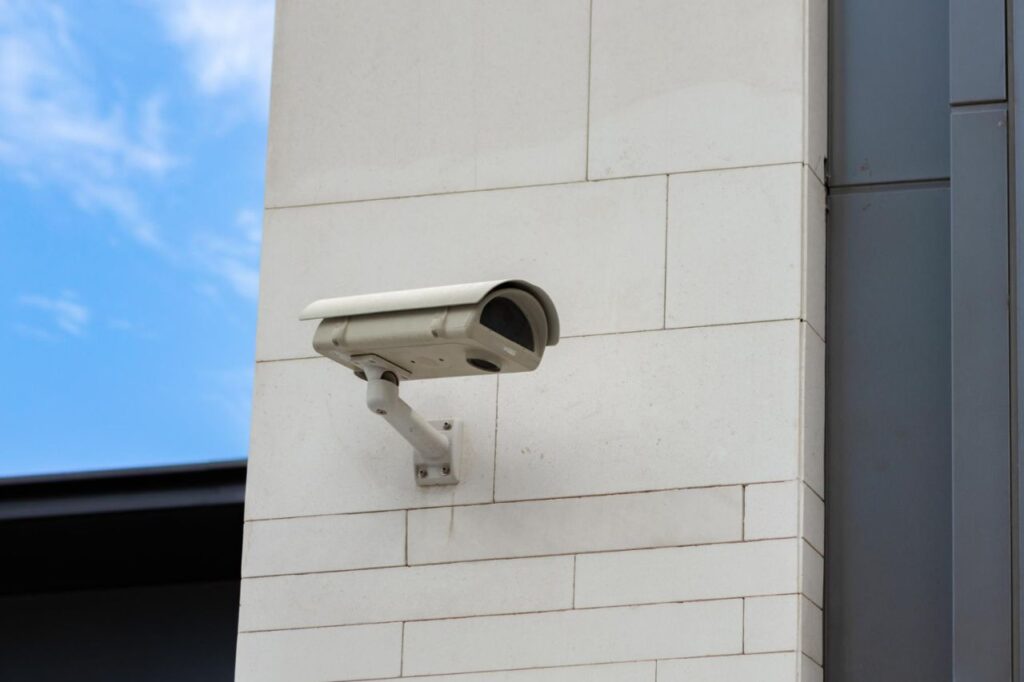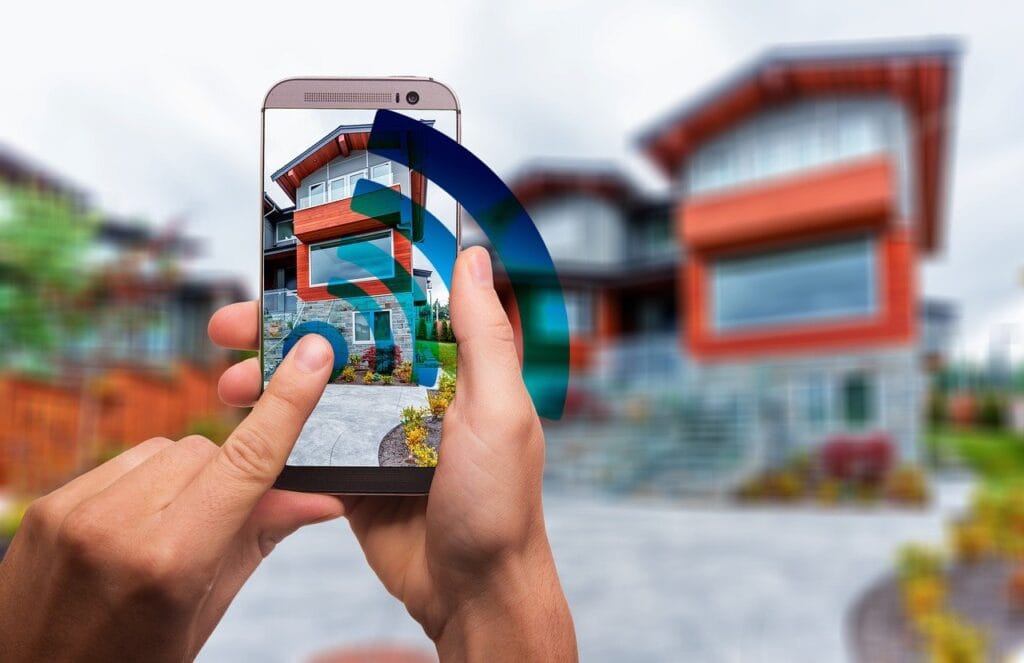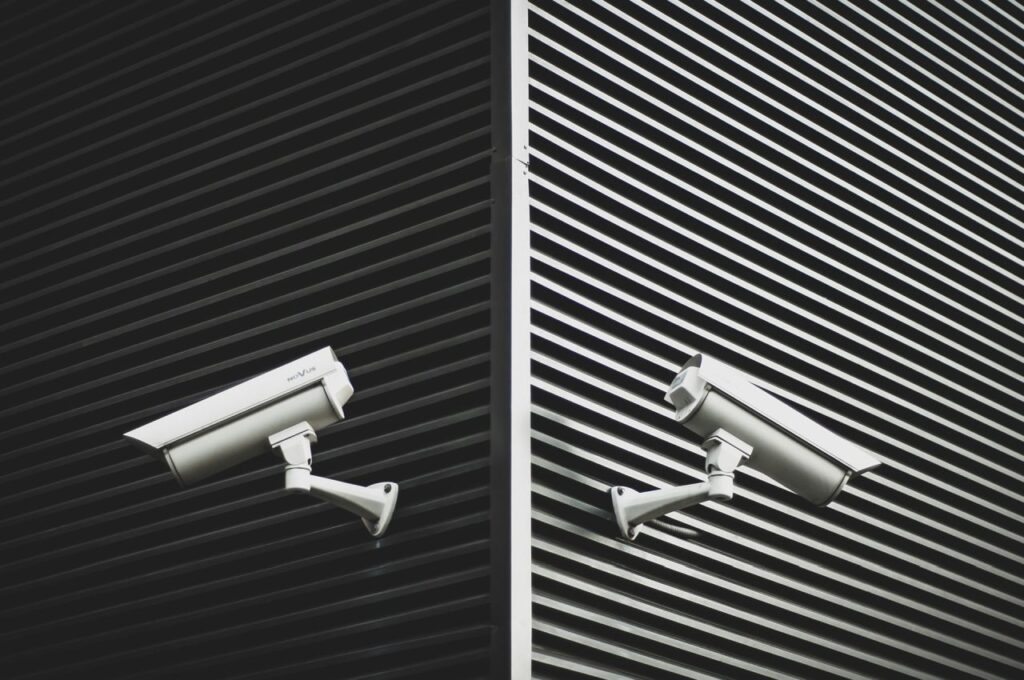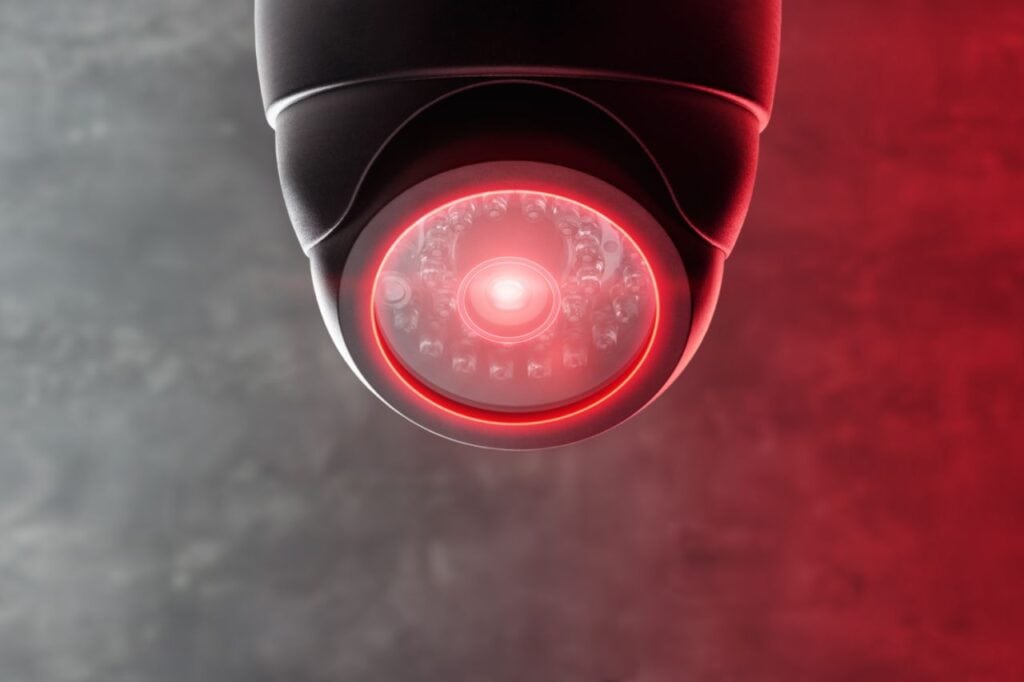Commercial buildings and the people and property inside them rely heavily on access control solutions, which help to manage security risks, prevent unauthorised entry, and establish a secure atmosphere for everyone present.
Cutting-edge technology is used in today's systems, making them highly reliable, adaptable, and user- and operator-friendly. However, the solution's ability to work with other systems is what makes it truly remarkable. Connecting disparate systems, including video surveillance, fire alarms, and BMS can unlock a wealth of benefits. Let's check out some of the strongest combinations.
What Exactly Is Access Control?
Controlling who or what has access to data or programmes in a computer system is the job of access control. A key idea in security, it serves to lessen potential dangers to an establishment.
In terms of security, you can either use physical locks or a more sophisticated logical system. Campuses, buildings, rooms, and physical IT assets can be restricted using an access control system. Logical access control regulates who can connect to what in a computer's infrastructure, including its data and programmes.
Electronic access management systems are used to monitor who enters and exits sensitive portions of a building, such as a data centre, and what they do once inside. Access control panels, alarms, and lockdown features are all a part of these systems because they aim to limit who can enter and do what in a building.
By analysing login credentials like passwords, PINs, biometric scans, security tokens, and other authentication elements, logical access control systems provide identity authentication and authorisation of persons and entities. Access control systems are typically protected by multiple layers of security, one of which is multi-factor authentication (MFA), which needs two or more factors of authentication.
The Value of Access Control
By restricting who may enter which areas of a building or network, access control aims to keep sensitive data safe. The implementation of access control policies and appropriate security technology is a cornerstone of security compliance programmes, which are designed to safeguard sensitive information like customer records. The majority of businesses have systems in place and policies in place to protect their networks, computers, programmes, files, and other sensitive information, including customer records and trade secrets.
It can be difficult to keep track of all of the moving parts in an access control system, especially in an IT infrastructure that's always evolving thanks to the incorporation of new on-premises and cloud-based components. In the wake of high-profile hacks, many technology companies have moved away from simple sign-on solutions and towards integrated access management, which provides security for both local and remote networks.
How Does Access Control Work?
The purpose of access controls is to authenticate the identity of a user or application and provide them permission to perform the specific set of actions and access levels that are tied to their username as well as IP address.
Access controls for verifying and authorising users and entities and allowing them to interact to system resources, including distributed apps and web servers, are provided by directory services and protocols like Lightweight Directory-Access Protocol & Security Assertion Markup Language.
A company's choice of access control model will vary according to its compliance needs and the sensitivity of its IT systems.
The Meaning of Integrated Access Control
Adding another layer of protection for your business building's occupants is as simple as linking your access control system with the rest of the building's security infrastructure. Things like closed-circuit television, intrusion alarms, fire detection and suppression systems, and even intelligent building management systems could fall into this category. When systems are integrated, not only is security improved but so is safety.
Video Surveillance and Access Control Systems
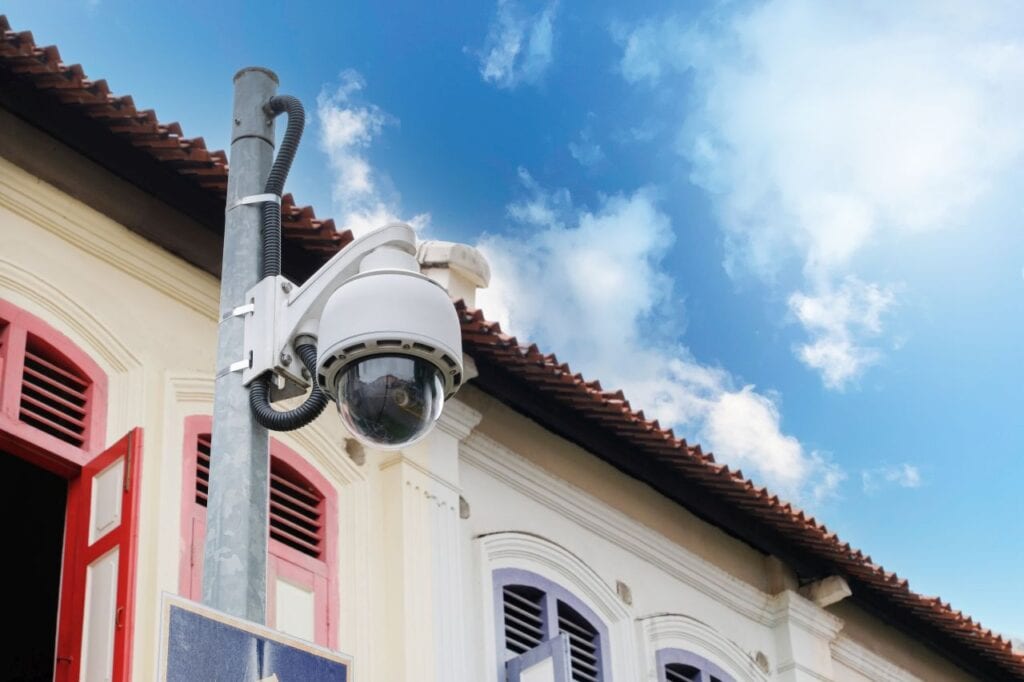
Access control regulates who is allowed inside a building where CCTV cameras are keeping an eye out for intruders. However, the two can be merged such that they work together instead of separately to significantly increase security.
CCTV can be utilised to record and verify the identities of people entering and departing a building when combined with control points. Using artificial intelligence and sophisticated video analytics, it is now feasible to compare credentials to a benchmark and indicate any discrepancies.
As technology has progressed, so has the prospect of fully automated identification verification. Once again, AI is put to use here, this time to compare a person's face to a database of known identities. When compared to older, less secure methods like key fobs or cards, which may be copied or used without permission, this new method is the clear winner.
The practise of "tailgating," in which many persons attempt to enter a facility or restricted area by trailing directly after someone who is authorised, can be stopped with the help of integrated CCTV and access control.
Controlled Access and Burglar Alarms
Combining an access control system and an intruder alarm is an excellent method of commercial security.
If for some reason, a building's intruder alarm goes off, the system that controls entry into and exit from the facility can be programmed to immediately lock down the building or a specific area of it. This will aid in containing a threat, protecting personnel and guests, and safeguarding assets.
Fire and Life Safety Measures, Including Access Control
Integrating access control with fire detection is conceivable. In the case of a fire, all doors will immediately unlock, allowing employees to securely exit the building without having to stop and provide identification. A digitised roll call can then be generated by the system to verify everyone present has been accounted for.
Integration of Smart Office Technology and Access Control
An emerging security trend, "smart buildings" employ Internet of Things (IoT)-connected sensors & devices to automate building management functions. Facilities management consists of things like temperature control, lighting, room reservations, and safety systems.
It is usual for the smart building administration system to provide role-based access control. It simplifies getting in and around the building based on who is authorised to go where. To enter restricted areas of the building, tenants scan QR codes on their smartphones. Time limits can be set on such authorisations, and a threat can be contained by locking off specified zones with the tap of a finger.
Freeing up staff time is another benefit of using smart access management. The necessity for a reception to notify a host of an arriving visitor is eliminated, for instance, because the system for access control will do so automatically. Then, the intelligent system may give the guest directions and temporary entry to the parts of the facility they need to reach.
Businesses With Integrated Security Systems
Access control doesn't have to be complicated; electronic but rather magnetic swipe cards can be used in place of keys to get entry. Even with its reduced capabilities, the app still has a lot of use.
All employees can get "tickets to the shop" too without worrying about unauthorised entry after hours because most firms can restrict whose cards can access the entrance during particular times. Security managers also benefit from knowing who tried to enter the building and at what time.
On the opposite end of the spectrum is a multi-building, fully integrated access system that integrates the features of CCTV, Intrusion Detection, Electronic Visitor Management, Lighting, Fire Alarm, and Elevator Control, among others. To further lessen the likelihood of unapproved entry to mission-critical IT infrastructure, cutting-edge systems are now physically and virtually converging.
Solutions for Reliable Access Control
There are several positive outcomes that can result from implementing an access control solution that has been carefully thought through, accurately designed, and efficiently priced.
- Security for the building.
- Restrict access to data centres and other sensitive locations of the company.
- Successful oversight and management of outlying areas.
- Protection for the office and its guests.
- Keeping an eye out for and reporting any strange happenings.
- People tracing and tracking in preparation for an evacuation.
- Preparing a report for submission to a governing body.
Effective access control not only keeps out unwelcome guests and protects inventory and machinery, but it also prevents costly and potentially devastating company interruption.
Comprehensive, Interoperable, and Expansive Security
The security solutions available in today's connected world are constantly improving with new functions and deeper degrees of connection. When tailored to address unique threats at a given location, security systems perform at their peak.
This calls for the combination of several security measures, such as closed-circuit television cameras and recorders, electronic access control, video analytics-monitored perimeter fence, and burglar alarms.
Before, only the most well-heeled end-user businesses could afford fully integrated security solutions. Specialised systems integrators with robust engineering teams typically provided this service, as they possessed the depth and breadth of technical competence needed to integrate equipment from several manufacturers (such as CCTV, access control, and intruder alarms/detectors) into a cohesive whole.
Problems arose in allowing separate security systems to "speak" to one another due to incompatibilities in their control protocols. As system providers looked for a way to unleash the benefits of interoperability, many approaches were proposed to overcome this "language barrier."
Increase in “Plug and Play” Security System Integration
But as industry consolidation has accelerated in recent years, the market's dynamics have begun to shift. Due to this, manufacturers have improved their products so that they can run on standardised computer systems.
Once a technical headache caused by incompatible protocols and devices, "plug and play" solutions are now commonplace.
Access control solutions are increasingly being prioritised by industry leaders as the primary integration platform. Networking the access control, intrusion, and CCTV systems together allows for centralised or remote monitoring and control of all of the systems. CCTV camera systems integrated into the access control software's graphical user interface are a good place to start for seamless integration.
This allows routine tasks to be handled without the need to often switch between different applications. The opening of a fire door, for example, may activate a network of CCTV cameras that would then move into place and begin recording on the local DVR. In the event of an alarm, the operator would see live footage from the relevant camera appear on the screen, and previous event photographs could be retrieved at the click of a mouse.
This level of integration also provides a higher level of supervisory capabilities to enhance the overall efficiency and efficacy of daily operations at larger locations where security officers and property managers operate from a control room. Nighttime, weekends, and holidays are times when security professionals can be more effectively deployed, monitored, and supported while they carry out general site checks and incident response activities. Similarly, alerts can be triggered at a central monitoring station situated anywhere in the world when a detector is activated.
Adapting to shifting requirements with relative ease and speed is made possible by integrating new technologies like biometrics, smart cards, logical access, and adaptive video into preexisting systems through the use of an access control solution. This can lead to extra advantages:
- Improved facility management, security, and personnel administration.
- Employees can now access improved services, including cashless vending machines, encrypted printing, and remote computer access with only one card.
- The system used to keep tabs on staff members' whereabouts has been streamlined.
- Managed guests better.
- Tracking and reporting of building occupancy.
The Future of Security Is in Complete System Integration
Given the modular nature of today's security options, it is much simpler to gradually build up a complete solution in line with requirements and budget availability, even though the sophistication level will vary depending on budget and requirements.
The fundamental access, video, and intrusion systems can be implemented in stages, and the organisation can be assured that the components will be compatible with one another and can be integrated into a unified security architecture at a later date. As a result, implementing an integrated approach is now within the financial reach of any business and should be considered the norm by any organisation that takes security seriously.
FAQs about Access Control
Should Access Control Systems Be Combined With Alarm or Surveillance Systems?
Combining an access control system with an alarm or surveillance system can be an effective way to improve the security of a building or property.
An alarm system can be used to detect and alert building occupants or authorities of potential threats, such as burglaries or break-ins. By integrating the alarm system with the access control system, you can use the access control system to trigger the alarm remotely or to automatically lock or unlock doors in response to an alarm event. This can help reduce the risk of unauthorized access to the building and improve the overall security of the property.
Similarly, a surveillance system can be used to monitor activity in and around the building. By integrating the surveillance system with the access control system, you can use the access control system to view surveillance footage remotely or to automatically trigger the recording of surveillance footage in response to an access event. This can help provide a record of access activity and improve the overall security of the property.
Overall, combining an access control system with an alarm or surveillance system can be an effective way to enhance the security and protection of a building or property. It is important to carefully consider the specific needs and requirements of your property when deciding which security systems to integrate with your access control system.
Should an Access Control Be Combined With the Fire Detection System?
Combining an access control system with a fire detection system can be an effective way to improve the safety of a building or property.
A fire detection system can be used to detect and alert building occupants or authorities of a potential fire in the building. By integrating the fire detection system with the access control system, you can use the access control system to remotely trigger the fire alarm or to automatically unlock doors in response to a fire event. This can help evacuate the building more quickly and reduce the risk of injury or loss of life in the event of a fire.
Additionally, integrating the access control system with the fire detection system can allow you to remotely control access to the building in response to a fire event. For example, you may want to restrict access to the building until the fire has been extinguished or to grant access to authorized personnel, such as firefighters or building maintenance staff, who may need to enter the building to address the fire.
Overall, combining an access control system with a fire detection system can be an effective way to enhance the safety and protection of a building or property. It is important to carefully consider the specific needs and requirements of your property when deciding which security systems to integrate with your access control system.
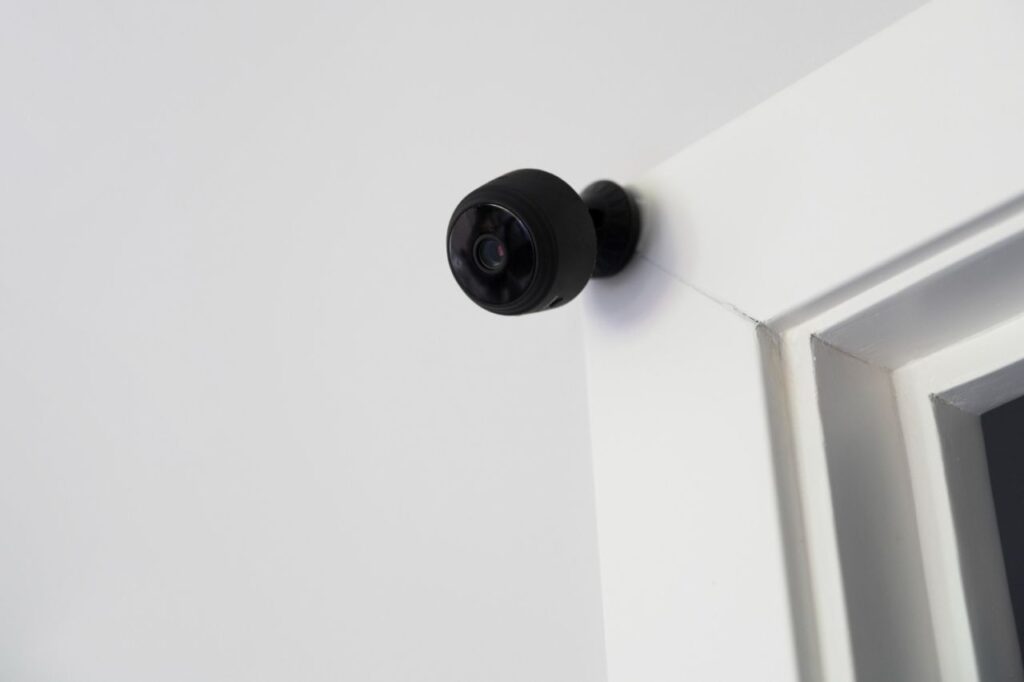
Is It Mandatory to Have a System That Covers Access Control, Alarms, and Security?
It is not generally considered to be mandatory to have a system that covers access control, alarms, and security. However, there may be certain situations in which such a system is required by law or recommended for safety or security reasons.
For example, in some jurisdictions, certain types of buildings, such as high-rise apartments or office buildings, may be required to have security systems in place to ensure the safety and security of residents or employees. These requirements may be imposed by local building codes or other regulations.
Additionally, access control, alarm, and security systems may be recommended for certain properties or buildings in order to enhance security or manage access to the property. For example, these systems may be recommended for gated communities, buildings with multiple entrances, or properties that have a high risk of break-ins or burglaries.
Overall, whether or not an access control, alarm, and security system is required or recommended for a particular property will depend on the specific circumstances and local regulations. It is important to carefully consider the security and access control needs of your property and consult with a professional if you are unsure about whether such a system is necessary.
Can an Access Control System Be Detrimental to a Building’s Total Security?
An access control system can be a useful tool for improving security in a building by controlling who has access to the building and when. However, like any security system, an access control system is not completely foolproof and can be vulnerable to certain types of threats.
One potential risk is that an access control system may be compromised if unauthorized individuals can gain access to the system or bypass the controls. This could include individuals who are able to gain access to user credentials, such as usernames and passwords, or who can tamper with the system physically.
Another potential risk is that an access control system may fail or malfunction, which could compromise the security of the building. It is important to regularly maintain and update the system to help ensure that it is functioning properly and effectively.
Overall, an access control system can be an important component of a building's security plan, but it should not be relied upon as the sole means of protection. It is important to use an access control system in conjunction with other security measures, such as locks, alarms, and surveillance cameras, to maximize security.
Can an Access Control Work Against Alarms or Other Security Systems?
An access control system can work in conjunction with other security systems, such as alarms or surveillance cameras, to improve the security of a building or property.
For example, an access control system can be used to trigger an alarm or to automatically lock or unlock doors in response to an alarm event. Similarly, an access control system can be used to remotely view surveillance footage or to automatically trigger the recording of surveillance footage in response to an access event.
However, an access control system can also potentially work against other security systems if it is not configured properly or if it is compromised by an unauthorized individual. For example, if an unauthorized person is able to gain access to the access control system, they may be able to bypass the controls and gain access to the building, potentially triggering the alarm or other security systems.
It is important to carefully consider the specific needs and requirements of your property when configuring and using an access control system and to regularly maintain and update the system to ensure that it is functioning properly and effectively.


